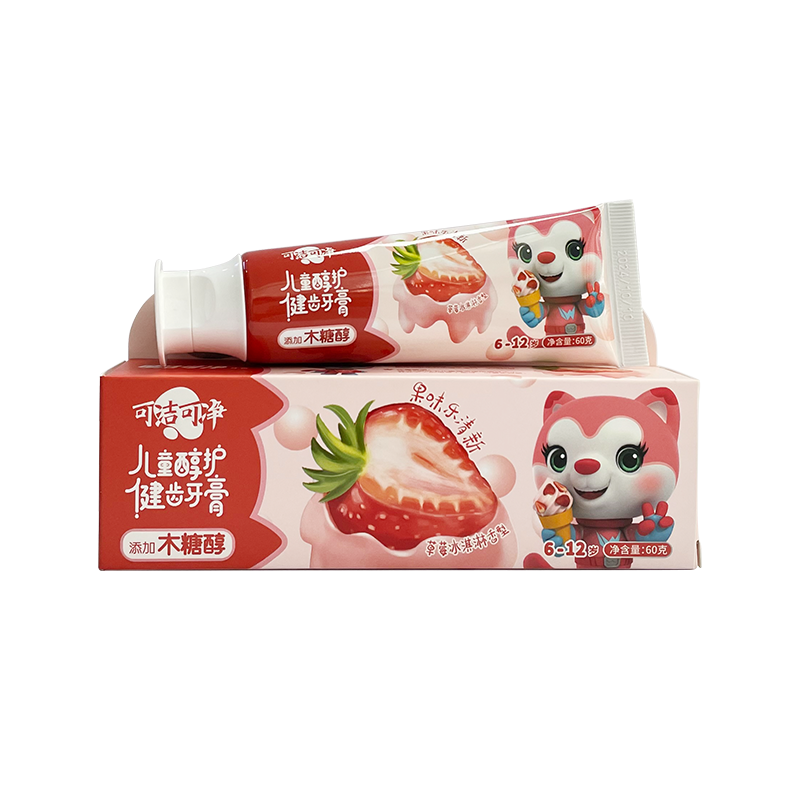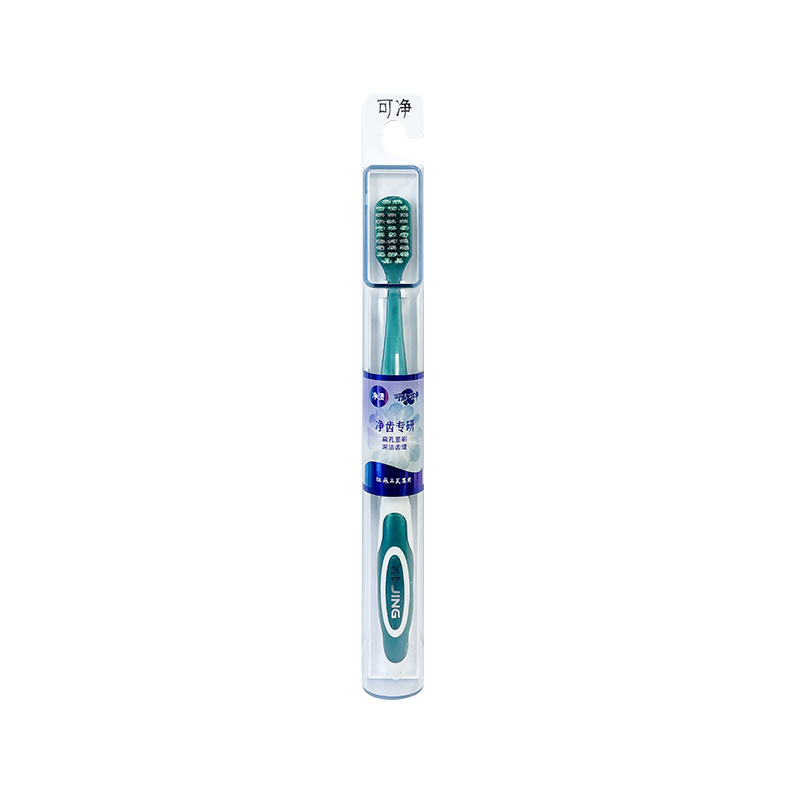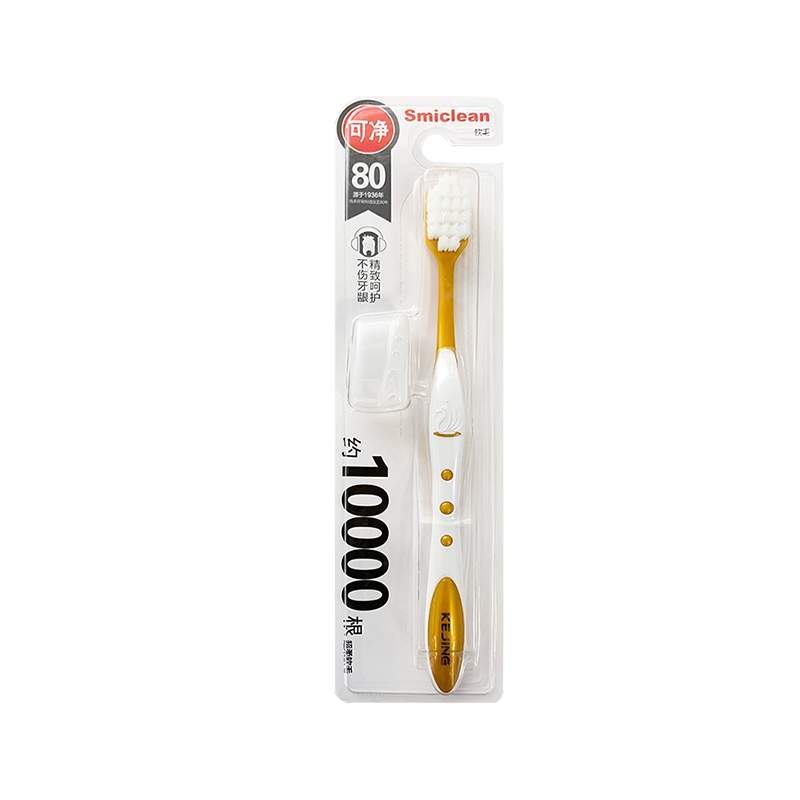What’s the Difference Between Regular Toothpaste and Sensitive Toothpaste?
Toothpaste is an essential part of our daily oral care routine, helping to clean teeth, freshen breath, and protect against cavities. While regular toothpaste has been the go-to choice for decades, many people now find themselves reaching for a different option: sensitive toothpaste. If you’ve ever felt a sudden, sharp pain when drinking something cold, hot, or sweet, you may have experienced tooth sensitivity. This condition affects millions worldwide, and sensitive toothpaste has been specifically developed to address it.
But what exactly makes sensitive toothpaste different from regular toothpaste? Understanding the differences can help you make the right choice for your dental health.
Understanding Regular Toothpaste
Regular toothpaste is designed for the general population. Its primary functions are to clean teeth, prevent cavities, and promote overall oral hygiene. Most regular toothpastes contain a similar set of core ingredients:

Fluoride – This is the most important active ingredient, helping to strengthen enamel and prevent tooth decay.
Abrasives – Mild abrasives like calcium carbonate or silica help remove plaque and surface stains from teeth.
Detergents – Ingredients like sodium lauryl sulfate (SLS) create foam, which helps spread toothpaste evenly across the teeth.
Flavoring agents – Mint, spearmint, or other flavors are added for a fresh taste and breath.
Humectants and binders – These help keep the paste moist and prevent it from drying out in the tube.
Regular toothpaste is effective for most people, but it doesn’t specifically target the pain and discomfort associated with tooth sensitivity. That’s where sensitive toothpaste comes in.
What Is Sensitive Toothpaste?
Sensitive toothpaste is specially formulated for individuals who experience tooth sensitivity, a condition often caused by exposed dentin, enamel erosion, or gum recession. Tooth sensitivity occurs when the protective enamel wears down or gums pull back, exposing microscopic tubules that lead directly to the nerves inside the tooth.
Sensitive toothpaste works to reduce discomfort by either blocking these pathways or desensitizing the nerves. Unlike regular toothpaste, its formulation emphasizes gentleness and pain relief, while still providing the basic benefits of cavity protection and cleaning.
Key Differences Between Regular and Sensitive Toothpaste
1. Active Ingredients
Regular Toothpaste: Focuses on fluoride for cavity prevention and general oral health.
Sensitive Toothpaste: Contains specialized desensitizing agents such as potassium nitrate, strontium chloride, or arginine.
Potassium nitrate helps calm nerve endings in the teeth, reducing sensitivity.
Strontium chloride blocks the microscopic tubules in dentin, preventing stimuli from reaching the nerves.
Arginine-based compounds promote natural sealing of tubules to strengthen protection over time.
2. Purpose and Function
Regular Toothpaste: Prevents cavities, whitens teeth, and freshens breath.
Sensitive Toothpaste: Provides pain relief from hot, cold, or sweet foods while also offering standard cavity protection.
3. Abrasiveness
Regular Toothpaste: Some formulations, especially whitening versions, can be more abrasive to help remove stains.
Sensitive Toothpaste: Designed with lower abrasivity to avoid further enamel wear and protect exposed dentin.
4. Flavor and Foam
Regular Toothpaste: Often contains strong flavoring agents and foaming detergents like SLS.
Sensitive Toothpaste: Typically milder in flavor and may exclude harsh foaming agents to reduce irritation for sensitive mouths.
How Sensitive Toothpaste Works
Sensitive toothpaste provides relief in two main ways:
Blocking Pathways to the Nerves – Many formulations seal off the dentinal tubules, which are microscopic channels leading from the surface of the tooth to the nerve center. By blocking these channels, external triggers like cold or sweet foods cannot reach the nerves.
Soothing the Nerves – Ingredients like potassium nitrate calm the nerves inside the tooth, reducing their ability to transmit pain signals.
With consistent use, most people begin to feel noticeable relief within two weeks, though some sensitive toothpaste brands claim faster results.
Who Should Use Sensitive Toothpaste?
Sensitive toothpaste is recommended for:
People who experience sharp tooth pain when eating or drinking hot, cold, or sweet foods.
Those with receding gums that expose dentin.
Individuals with enamel erosion caused by acidic foods, teeth grinding, or overbrushing.
Patients undergoing whitening treatments who experience increased sensitivity.
Dentists often suggest using sensitive toothpaste as part of a broader treatment plan that may include fluoride treatments, protective sealants, or lifestyle adjustments.
Can Regular Toothpaste Be Used for Sensitivity?
While regular toothpaste helps maintain overall oral health, it is not designed to treat sensitivity directly. In fact, using whitening or high-abrasion regular toothpaste may worsen the problem by wearing down enamel further. That’s why switching to sensitive toothpaste is often the best solution for people dealing with discomfort.
Common Misconceptions About Sensitive Toothpaste
It Works Instantly – While some people may feel relief quickly, sensitive toothpaste usually requires consistent use over days or weeks to deliver lasting results.
It Doesn’t Protect Against Cavities – Sensitive toothpaste does contain fluoride, so it still provides cavity protection, just like regular toothpaste.
It’s Only for People with Severe Sensitivity – Even mild sensitivity can benefit from sensitive toothpaste, as early use may prevent the problem from worsening.
It Can Completely Cure Sensitivity – Toothpaste can relieve symptoms, but underlying issues like gum disease or enamel erosion may require professional treatment.
The Role of Dentists in Choosing the Right Toothpaste
Although sensitive toothpaste is widely available, not all cases of sensitivity are the same. Dentists can determine whether the discomfort is caused by cavities, gum disease, cracked teeth, or other issues. In some cases, sensitivity may signal a deeper problem that cannot be solved with toothpaste alone.
A dentist might recommend a specific brand of sensitive toothpaste or additional treatments like fluoride varnishes, bonding agents, or protective crowns. Therefore, consulting a dental professional is always a good idea before relying solely on sensitive toothpaste.
The Future of Toothpaste Formulations
Advances in dental science are driving improvements in toothpaste technology. Sensitive toothpastes are now being combined with whitening agents, herbal ingredients, and eco-friendly formulations that cater to different consumer preferences. Some brands also focus on long-lasting tubule sealing technology that continues to work even after brushing.
This trend means consumers no longer have to choose between cavity protection, whitening, or sensitivity relief—modern formulations often combine all three benefits.
Conclusion
The main difference between regular toothpaste and sensitive toothpaste lies in their purpose and ingredients. Regular toothpaste is designed for general oral care, offering cavity protection, stain removal, and fresh breath. Sensitive toothpaste, on the other hand, targets the specific problem of tooth sensitivity with specialized ingredients that block nerve pathways and protect exposed dentin.
While both types of toothpaste share common benefits like fluoride protection, sensitive toothpaste goes further by offering pain relief and gentler cleaning. For those who suffer from sensitive teeth, making the switch can significantly improve comfort and overall oral health.
Ultimately, the choice between regular and sensitive toothpaste depends on your dental needs. If you don’t experience sensitivity, regular toothpaste will likely serve you well. But if you do, sensitive toothpaste can be a simple yet powerful solution to restore confidence in enjoying your favorite foods and drinks without discomfort.
 English
English русский
русский Español
Español




